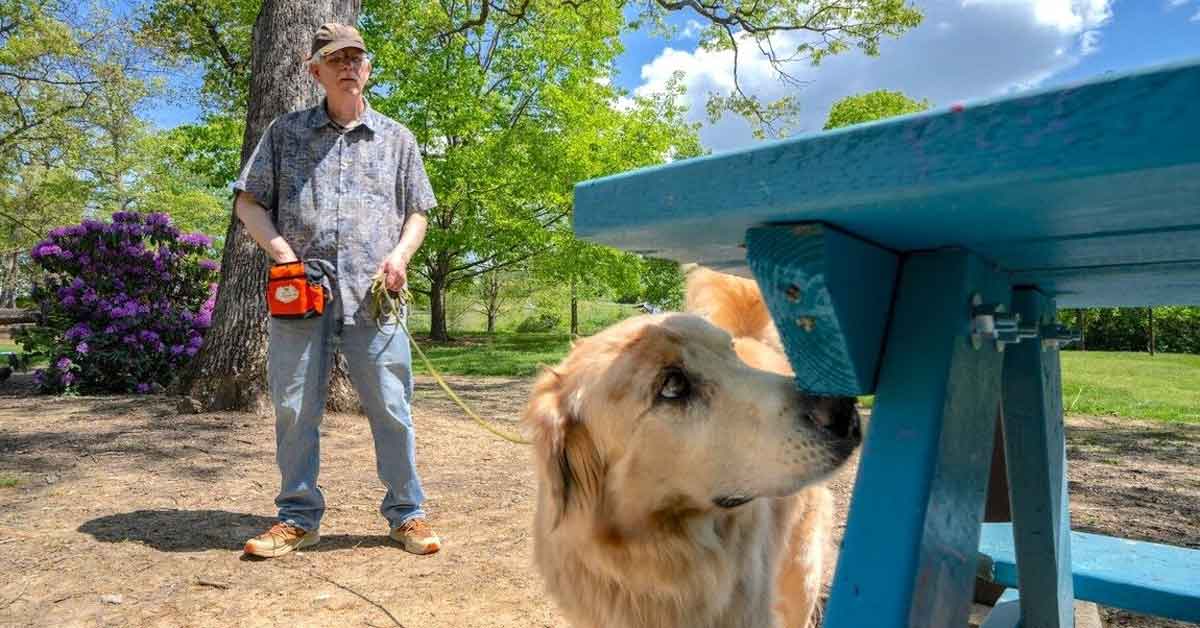The Role of Canine Companions in Combating Invasive Species
As the effects of climate change become increasingly evident, the need for innovative solutions to environmental challenges has never been more urgent. Among these solutions, canine companions have emerged as valuable allies in conservation efforts. From detecting invasive species in natural reserves to assisting in avalanche rescues, dogs are proving their worth in various critical roles.
These working dogs are often bred and trained from a young age to perform specific tasks. However, a recent study conducted by Virginia Tech raised an intriguing question: Could everyday dogs, with the help of their owners, achieve similar results?
The study aimed to explore whether citizen dog-handler teams could match the detection capabilities of professional conservation dogs. Over 1,000 dog owners expressed interest in participating, with more than 40% having prior experience in sport scent detection or related activities. Sport scent detection is a recreational activity where dogs are trained to locate hidden scents during training sessions or competitions.
From this pool, 182 canine-citizen teams across the United States were selected to participate in a trial focused on detecting the “elusive” egg masses of the spotted lanternfly. This invasive insect, native to Asia, has been causing significant damage to farms and forests in the eastern and central United States since its first appearance in Pennsylvania in 2014. The species has since spread to 18 states, laying eggs on trees, stones, lumber, and even vehicles.
Eradicating the threat posed by the spotted lanternfly requires early detection of its egg masses. According to the study’s co-author, Mizuho Nita, “finding them is like searching for a needle in a haystack.” Dogs, with their exceptional sense of smell, can be trained to identify these egg masses without disturbing the environment. While professional detection dogs achieve high accuracy, there are not enough of them to address the growing concern of invasive species.
The researchers proposed an alternative: tapping into the potential of the tens of thousands of dog owners who already engage in scent detection as a hobby. With 182 citizen scientists and their pets on board, the team provided participants with “devitalized” egg masses as training aids. These non-hatching egg masses allowed the dogs to learn how to identify the invasive species.
Participants trained their dogs at home or in small groups with the help of local trainers. Bill Wellborn, a participant with his Tibetan terrier, Pepe, noted that “anytime you can stimulate your dog, it’s good for them.” He added that the experience was enjoyable for both him and Pepe, and it offered a way to use their skills for the greater good.
Wellborn and Pepe, along with other teams, worked multiple days a week for several months. The dogs were eventually tested in two environments. In a controlled indoor setting, they had to complete an odor recognition test, identifying the box with the spotted lanternfly egg masses among others. Those that passed advanced to field tests outdoors, where they had to find the same scent amidst competing smells.
The results were impressive. The dogs correctly identified the egg masses 82% of the time in controlled tests and 61% of the time in field trials. Although the field test score was lower, it still outperformed human-only searches.
Sally Dickinson, the study’s lead author, stated, “These teams demonstrated that citizen scientists and their dogs can play a meaningful role in protecting agriculture and the environment from invasive species.” She emphasized that with proper training, dog owners can turn their pets into powerful partners for conservation.
For the dogs that passed both tests, 92% were successful in finding live egg masses with minimal additional training, according to the researchers. Erica Feuerbacher, an animal behaviorist and co-author on the study, noted that “there are thousands of people out there doing scent work with their dogs just for fun.” She added that the study shows this can be more than a hobby—these citizen-scientists and their dogs can be a valuable resource for fighting the spread of an invasive pest.
Katie Thomas, a participant with her pit bull mix, Finch, shared that “being able to do the same thing for the greater good—for citizen science—adds another layer we didn’t have before.”
With a proven concept, the future looks promising for dog owners who want to bond with their pets and contribute to environmental protection. As Dickinson concluded, “This research is about more than detection. It’s about empowering people to work alongside their dogs to protect the places and communities they care about.”







